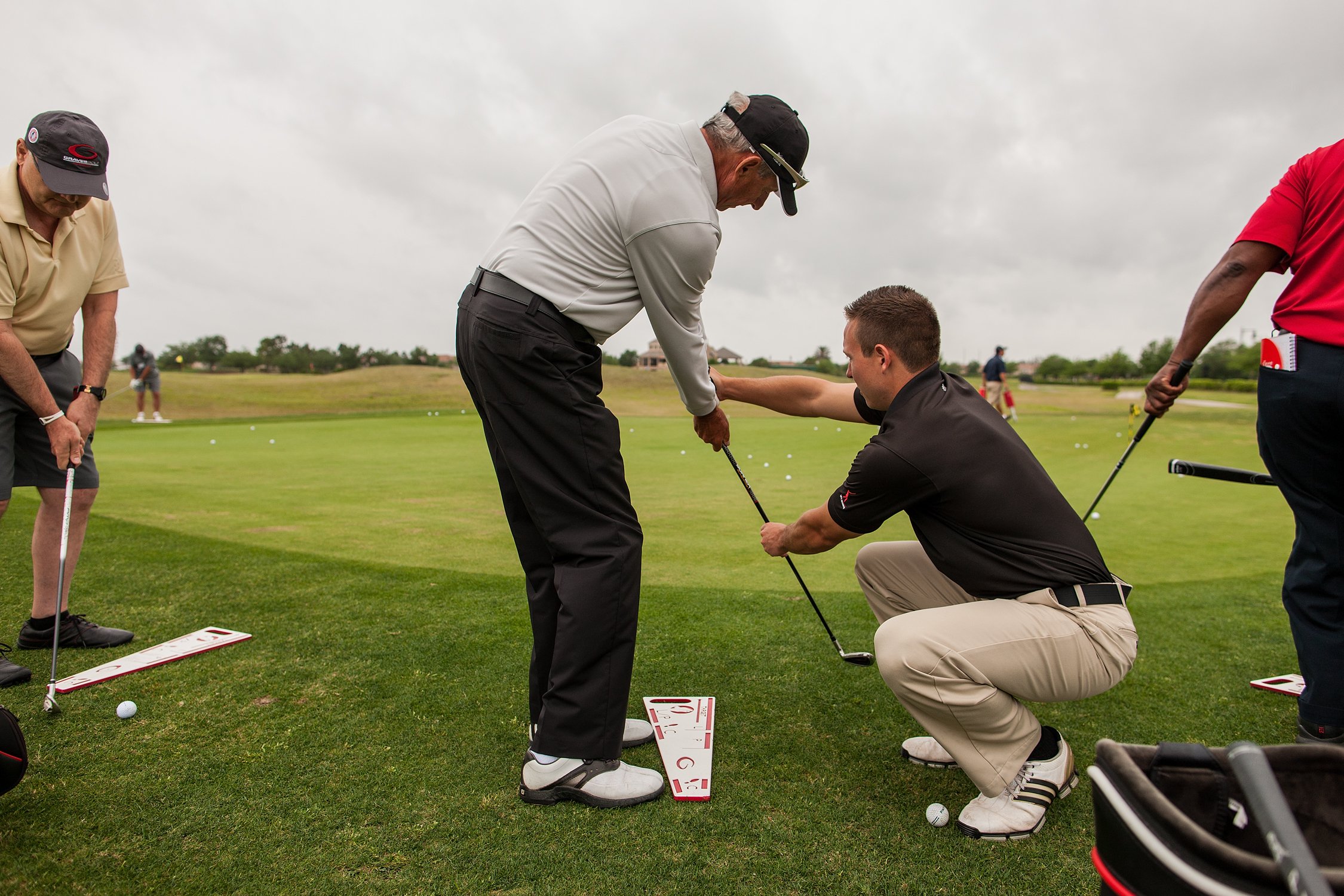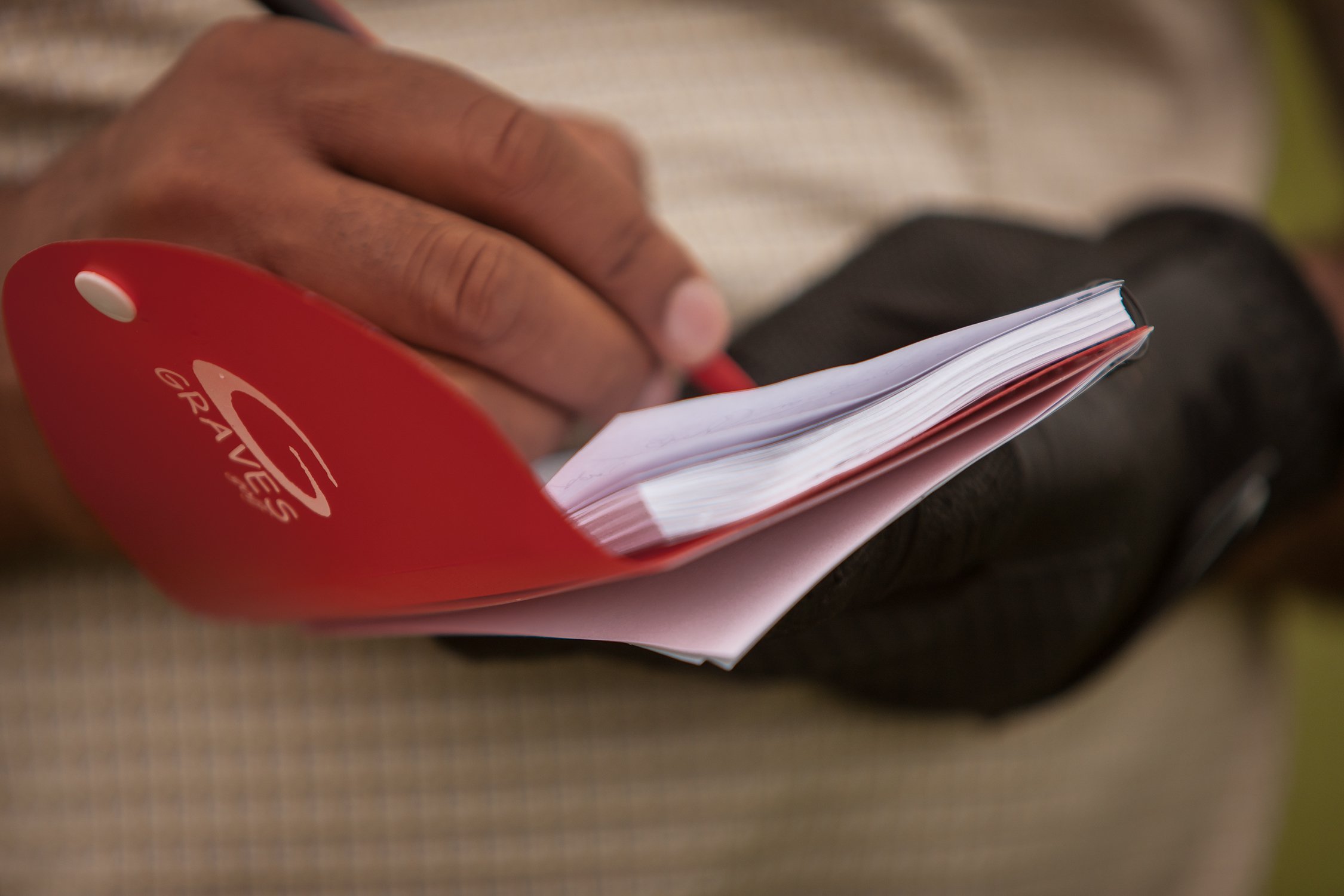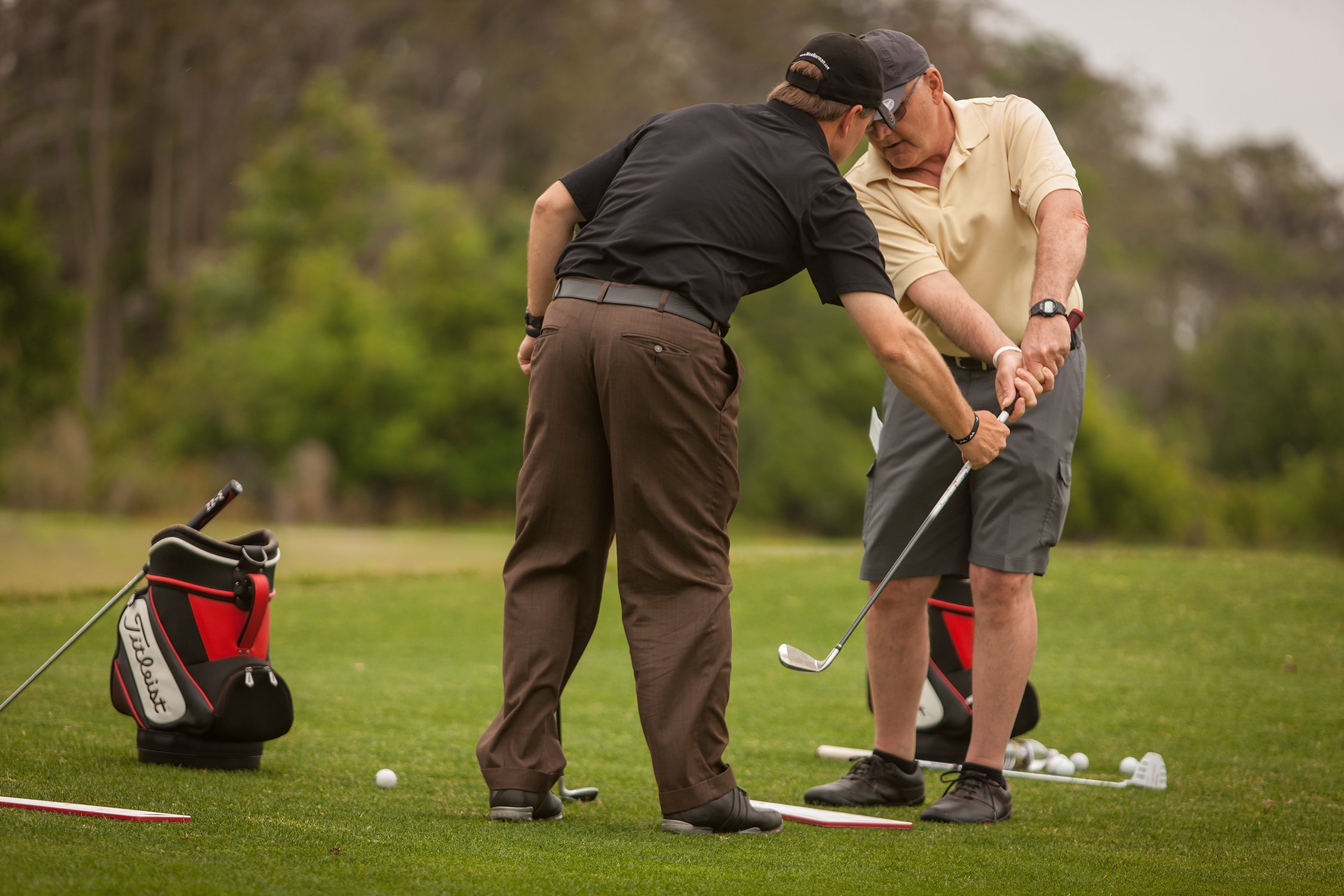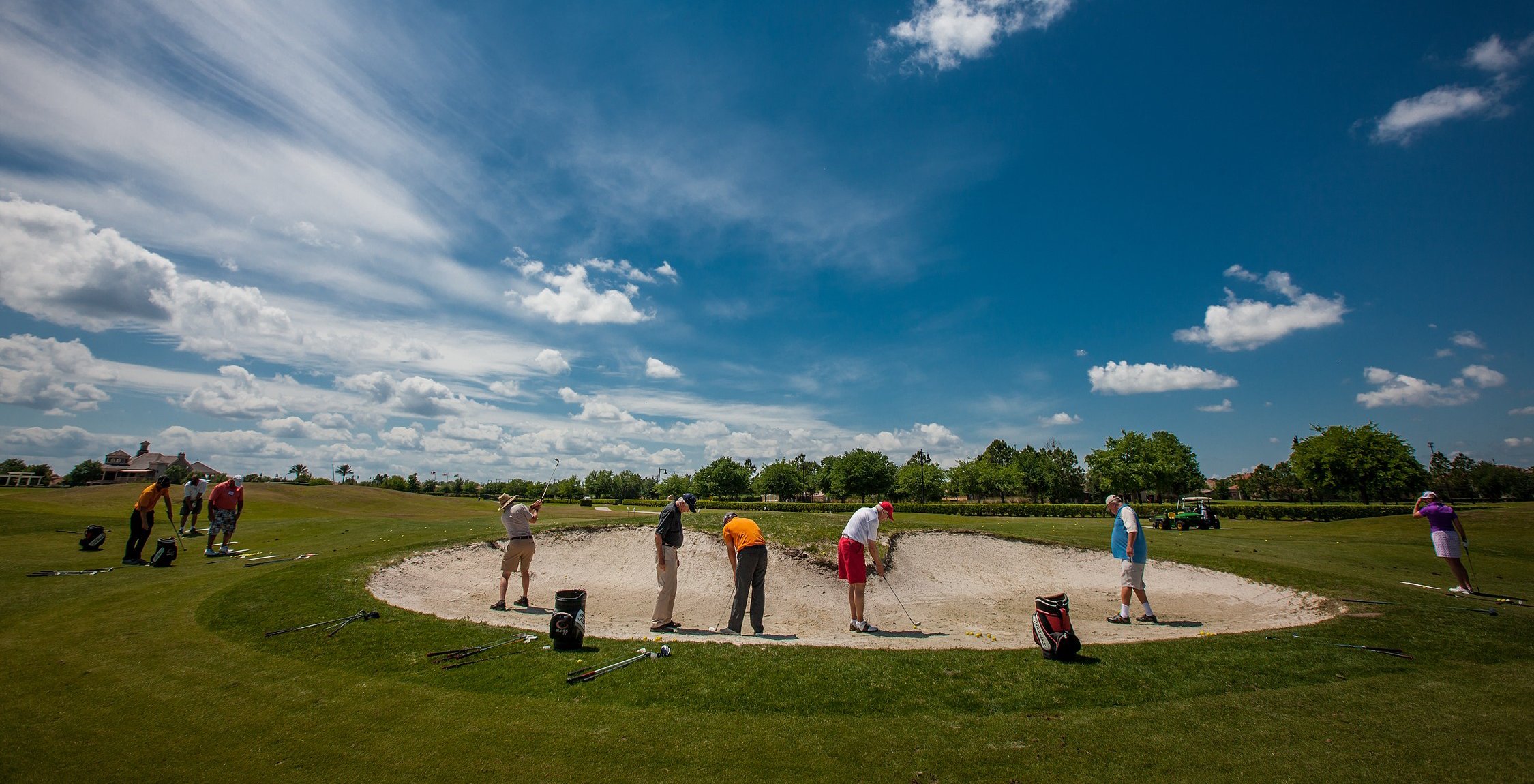By: Tim Graves, PGA
This week, the newest Single Plane University class launches … Speed Optimization.
In fact, I was the guinea pig for the test program and was able to regain swing speed I thought was gone forever.
After a few short weeks, I had regained 10MPH and started to win my PGA sectional events again …
I worked with Chris Henning (TPI / Graves Golf) with a Speed Formula designed to increase speed, maintain speed, and limit loss of speed over time.
I could not have won those events without putting in the work and benefiting from this increase.
The reality is that every decade, golfers lose 5–7 mph of swing speed — that’s up to 20 yards gone forever.
But, Speed Optimization isn’t just about adding yards — it’s about maintaining your power as you age, so your swing never gets old.
With the right training, you can rewind your biological swing age by 10 years, regain lost distance, and even hit it farther than your younger self.
To see more information about Speed Optimization Single Plane University: CLICK HERE
To view Speed and Distance Plane Talk: CLICK HERE
One of the most common questions we receive (seems every day) is “How can I get more distance?”
There are three areas you can work on / improve to help you get more distance on all your golf shots. Or at least maintain and LIMIT loss of speed over time…
And, all of these, you can and SHOULD work on over the fall / winter (training sessions) (all year long, but “hyper focus” in offseason if possible). Why? Because we tend to limit activity over the winter. This is a great time to increase your activity and limit the typical distance loss over the winter and potentially ADD distance over the time you usually loose distance.
Those three areas are:
- Club / Driver Technology and Fit
- Flexibility and Strength
- Swing Technique
Let’s break down each area a little.

1. Golf Club Technology an Fit
Drivers – A few years ago, the USGA put together a set of rules limiting how much a golf ball can “rebound” off the face of a driver (a vague description) – thus putting a limit on the distance of the drivers. Since then, the golf industry realizing they can no longer make drivers that can hit it further off the face, have been working on technology that has made the “big” headed drivers more aerodynamic (thus less air resistance in the golf swing) and more prominent sweet spots on the face.
Older technology drivers had sweet spots the size of a dime (some smaller), newer technology drivers have sweet spots the size of half dollars (some even bigger). What that means is balls hit slightly off the middle of the club face will travel much further now.
And the key is the “average driving distance” you have, not the “one” you catch that happens to fly a long way. Meaning, if your sweet spot on the driver is large and you miss hit a few shots (or more) around off the middle of the club face, you will still get good/more “average” driving distance. Meaning, overall you will have less club into the greens, etc. etc.
Other clubs in bag (fairway woods, hybrids, irons, etc..) – Club companies have worked on optimizing all clubs in bag for distance by:
1 . Lowering center of gravity which allows golfers to hit balls higher with ease and thus getting more distance.
2. Increasing size of sweet spots on all clubs so miss hits will go longer.
3. Decreasing shaft weight and still keeping high integrity of the shaft. In other words, can now get light weight shafting in all flexes that are durable and will last a long time. Decreased shaft weighting will increase swing speed (with those clubs) and increase distance.
In the past few years, all clubs in bag have become SIGNIFICANTLY longer and more forgiving. Hopefully making the game easier for golfers by allowing clubs to be hit longer with ease…
Club Fit – All clubs in your bag MUST be fit to you and your single plane swing PERFECT or you will limit / loose distance. An improperly fit club can hit toward the heel, toe (improper lie angle), can hit off center (improper length), can have improper weighted (too heavy) shafting, have improper grip size, etc… Any of these issues can and will dramatically limit the optimal distance for your club(s). Your clubs MUST fit you to optimize your distance in those clubs.
So, if you are looking to maximize or increase distance – you need to have clubs that are “modern” or at least less than 2 or 3 years old and are fit to you PERFECT. These newer clubs have large sweet spots, lower centers of gravity, lighter high quality shafting, and have the highest technology for the least amount of wind/club head resistance in the golf swing.
If you have not been custom fit for your single plane swing, please go to: https://gravesgolf.com/free-club-fitting/
(It is a free service – submit form and we will reply with your custom fittings, recommendations, suggestions, etc..)

2. Flexibility and Strength
The 2nd area to focus on with distance is flexibility and strength. And in that order. Too many worry about strength and not flexibility. Being strong with good, or great, flexibility “allows” you to get in positions in your golf swing to hit the ball with reasonable distance.
As we get older, we loose our strength and more importantly our flexibility, when we start to loose our elasticity, we can no longer create certain angles in the golf swing that will allow us to create “leverage” in the golf swing which in turn produces speed and distance. Lose of knee, hip, shoulder, arm, wrist, hand, etc.. flexibility and strength will all potentially decrease distance (with all clubs).
These are the different areas you need to consider when looking to increase / maintain / minimize the loss of speed over time.
- Flexibility
- Balance
- Power and Strength
- Speed & Accelerator Producer Upgrades
- Pre-Round Warm Up
- Checklists and Tracking to Monitor Speed Increase or Maintainence
All these areas must be worked on, monitored and / or maintained to increase speed, maintain the increase and to decrease the loss of speed over time.

3. Swing Technique
A crucial factor to get more distance is to improve your technique. It is always interesting, one of the things we do at all our schools and camps is to measure our students swing speed. We then correlate it to their driver swing speed and the average distance they should be hitting their driver. For most (those that swing 85 to 90 mph), they should be hitting their driver 230 to 240 yards (with a little roll).
For most, when they find out how far they should be hitting their driver with the speed they currently have, they are shocked. Why are they hitting it so short compared to where “their potential” says they should be hitting it? Because of technique. They are not hitting the golf ball off the “sweet spot” of the club with a “direct hit” from the club that is on the path.
In other words, they are hitting “glancing blows” that is creating side spin which is limiting or reducing the distance they should be hitting your clubs.
Working on swing technique – working on getting the club on the proper single plane / path, with a square club face through impact and ultimately, limited to no side spin, will give you the maximum distance.
In conclusion, to answer the all too common question, we get from so many of our students / customers:
How can I get more distance?
(Or as important, how do I maintain and / or limit loss of distance with age..)
Answer:
1. Obtain new / modern clubs that FIT YOU PERFECT that has the highest technology for increased sweet spot, low center of gravity, limited wind resistance (aerodynamic), proper shaft weighting and length, perfect grip size for you, etc..
2. Work / continue to work on flexibility (especially over the “off-season” months when so many loose elasticities because of an increased static lifestyle), work on balance and strength, work on a pre-round warm up routine, etc…
3. Always work on improving your technique to maximize the optimal hit on the ball with limited side spin and enhanced sureness of hit.
Be watching our next upcoming SINGLE PLANE UNIVERSITY – SPEED OPTIMIZATION
To see more information about this program: CLICK HERE
A 6 week program designed SPECIFICALLY to help you increase speed, maintain speed and limit loss of speed over time.
Please feel free to contact me anytime at timg@gravesgolf.com with questions, comments, etc.



















